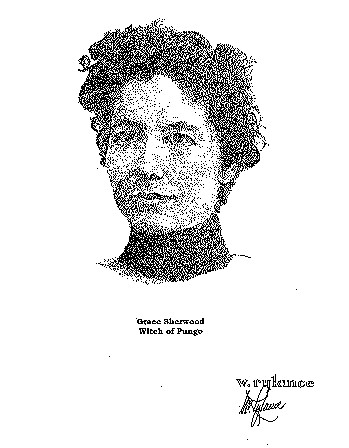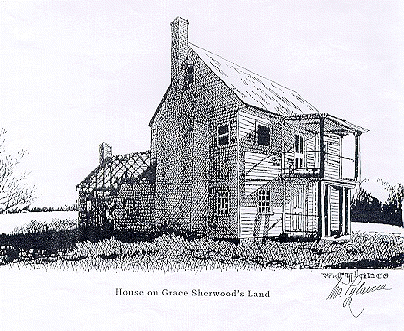The Witch of Pungo
Early court records tell the tale of Grace Sherwood, who was tried in 1706 as Virginia Beach's first witch. Witchcraft was a very serious and real thing to the colonists. The cult was believed to be a threat to the Christian Church, and everyone during the early 1700's was on the lookout for witches, who could be recognized by so-called unusual or mysterious behaviors.
Grace lived her entire life in the Pungo area of Virginia Beach (named for Indian chief Machiopungo), and married James Sherwood with whom she had three sons. She was said to be strikingly attractive, strong-willed, and a non-conformist by nature. These traits were resented by her neighbors, who began spreading rumors about her witch-like behavior. She was accused of blighting gardens, causing livestock to die, and influencing the weather. It was finally decided that Grace, "by her own consent, be tried in the water by Ducking, (dunking)." Water was considered to be the purest element and the theory was that it would reject anything of an evil nature. Based on this theory, the accused was tied up and thrown into the water. If the person drowned, he was declared innocent of witchcraft; if he could stay afloat until he could free himself, he was declared a witch.
Grace Sherwood was tied crossbound and thrown into the water. As predicted by her accusers, Grace managed to stay afloat until she could free herself and swim to shore. She was jailed and awaiting trial for witchcraft for nearly eight years, when the charges against her were dropped, she was set free. She moved back to her Pungo home and lived there until her death at the age of 80. |



